The Biological Mechanisms of Plant Photoperiod Sensitivity
Introduction
Photoperiod sensitivity in plants refers to the physiological response of plants to the relative lengths of day and night, or photoperiods. This biological mechanism is crucial in determining the timing of flowering, seed germination, and other developmental processes in many plant species. The study of photoperiod sensitivity in plants is a key area in plant physiology and plant breeding, as it has significant implications for crop productivity and adaptation to changing environmental conditions.
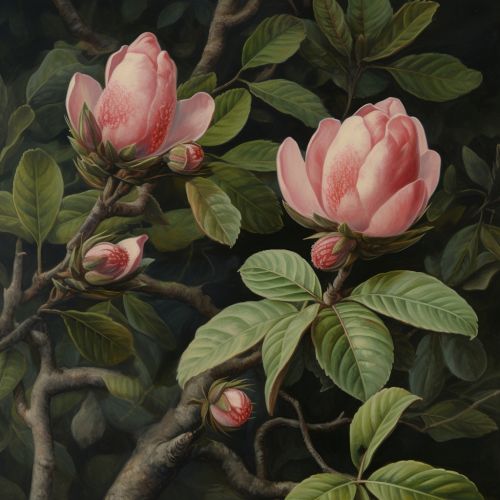

Photoperiodism: The Basic Concept
The term 'photoperiodism' was first coined by Garner and Allard in 1920, following their observations on the flowering responses of different tobacco and soybean varieties to varying day lengths. They classified plants into three main categories based on their photoperiodic responses: short-day plants (SDPs), long-day plants (LDPs), and day-neutral plants (DNPs). SDPs flower when the day length is less than a certain critical length, while LDPs flower when the day length exceeds this critical length. DNPs, on the other hand, flower regardless of the day length.
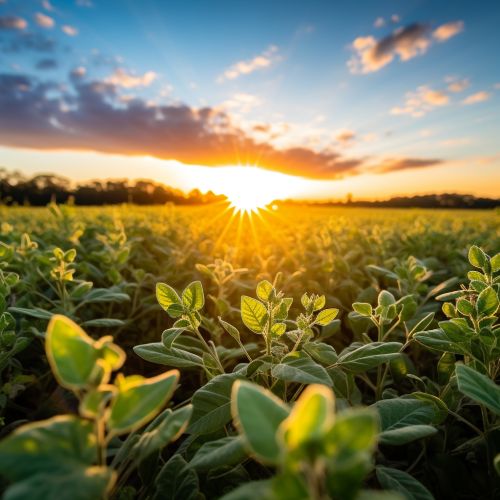
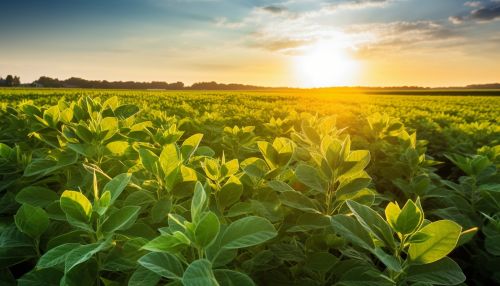
Biological Mechanisms Underlying Photoperiod Sensitivity
The biological mechanisms underlying photoperiod sensitivity in plants involve complex interactions between light perception, signal transduction, and gene expression.
Light Perception
Plants perceive light through a range of photoreceptors, including phytochromes, cryptochromes, and phototropins. Phytochromes, which absorb red and far-red light, play a crucial role in photoperiod perception. They exist in two interconvertible forms: Pr (red-absorbing form) and Pfr (far-red absorbing form). The ratio of Pr to Pfr in plant cells can change depending on the light conditions, and this ratio is thought to be a key factor in photoperiodic responses.
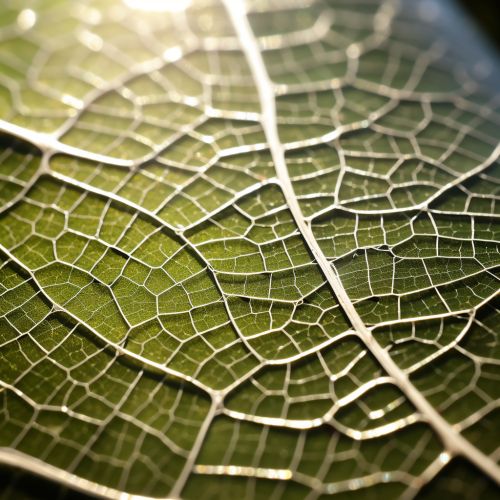

Signal Transduction
The signal transduction pathways involved in photoperiodic responses are complex and not fully understood. However, it is known that the conversion of phytochrome from the Pr form to the Pfr form triggers a cascade of events, including changes in ion fluxes, generation of second messengers, and activation of protein kinases. These events ultimately lead to changes in gene expression and physiological responses.

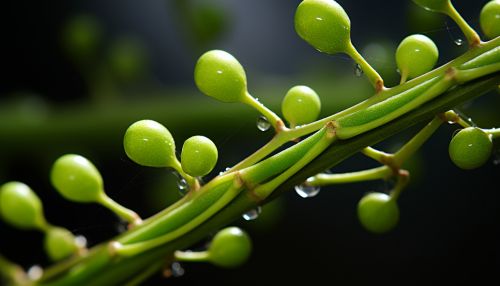
Gene Expression
The changes in gene expression associated with photoperiodic responses involve a number of key genes, including CONSTANS (CO), FLOWERING LOCUS T (FT), and SUPPRESSOR OF OVEREXPRESSION OF CO 1 (SOC1). These genes form a regulatory network that controls the timing of flowering in response to photoperiodic cues. For example, in Arabidopsis, a model plant species, CO is a key regulator of photoperiodic flowering. Under long-day conditions, CO protein accumulates in the late afternoon and promotes the expression of FT, which is a mobile signal that travels from the leaves to the shoot apex to induce flowering.
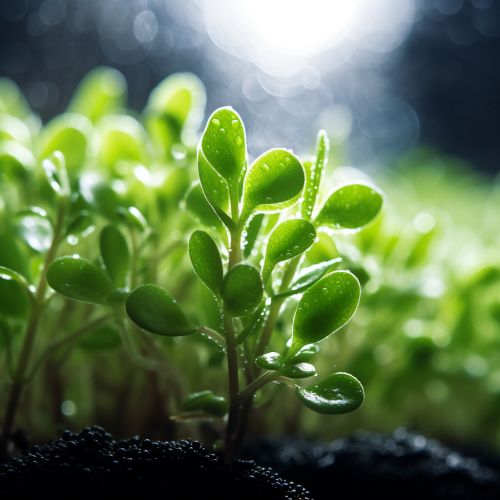
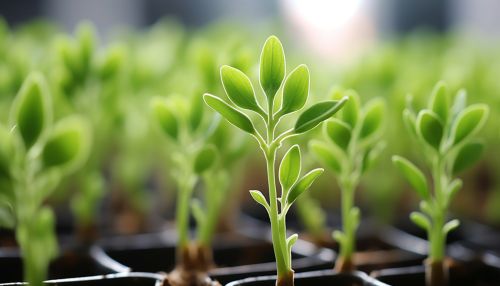
Photoperiod Sensitivity in Crop Plants
Photoperiod sensitivity plays a crucial role in the life cycle of many crop plants. In rice, for example, photoperiod sensitivity is a key determinant of flowering time, and thus has a direct impact on yield potential. Similarly, in wheat and barley, photoperiod sensitivity is an important factor in vernalization, the process by which exposure to prolonged cold induces flowering.


